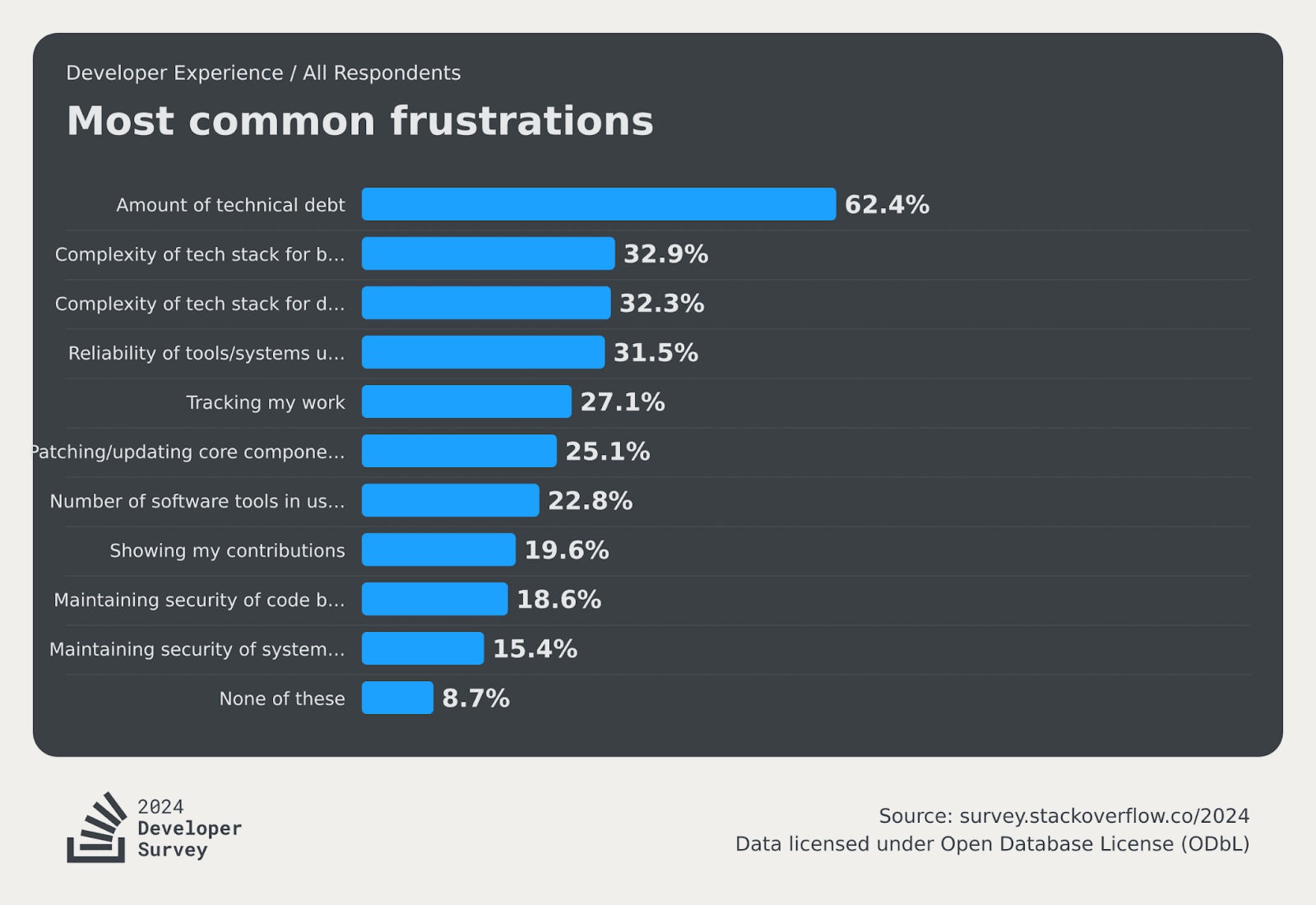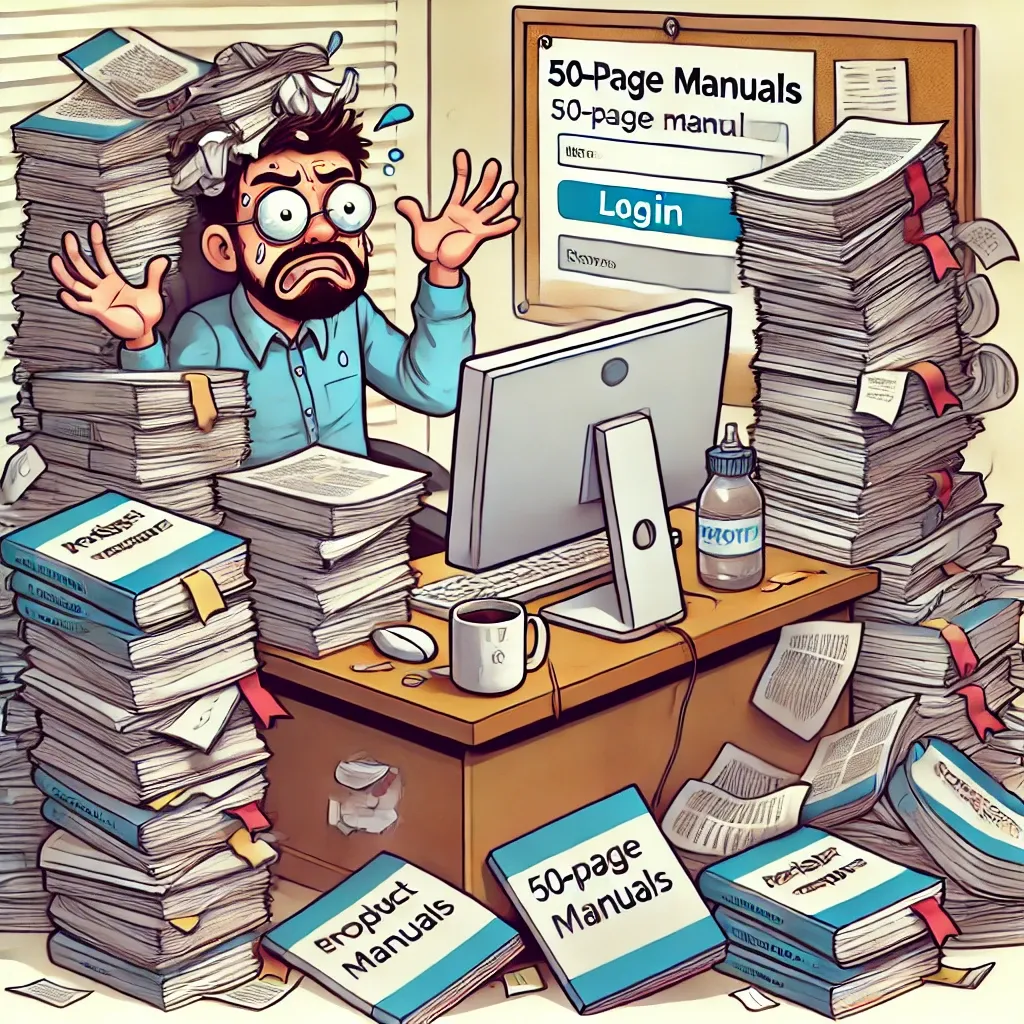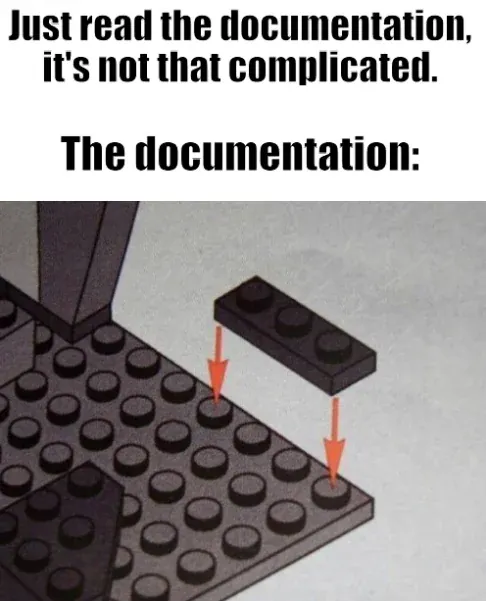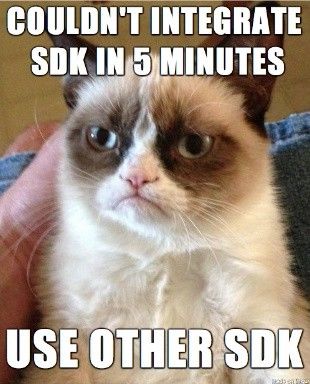
Okay, I played around the same title as Adam DuVander's book. But before you think this is just another spin on developer marketing, let's set the record straight. In our earlier post, we challenged the cliché that developers hate marketing. We argued that developers appreciate marketing that doesn’t feel like marketing. Trust me, you’ll get so much value if you spare some time to go through that article.
However, even the most brilliant developer marketing strategy will crumble without a solid developer experience (DevX) underpinning them.
Developers are savvy, skeptical, and overloaded with options. They're not impressed by flashy features or hype, at least not enough to drive long-term stickiness. They care about authenticity, efficiency, and software tools that fit smoothly into their workflow. So, what's the point of pouring resources into marketing if your DevX is subpar?
This article will provoke your thoughts and actions regarding the developer experience. We'll uncover how neglecting DevX undermines your marketing efforts and alienates the audience you're trying to engage.
Why developer experience is the backbone of developer marketing
I love how Jennifer Riggens describes developer experience, especially the last part:
Developer experience is an extension of UX that focuses on the developer, who can either be the intermediary or, as is the case with many APIs, the end user. Whether or not you focus on DX design, your developers are always experiencing your API, and that experience may either be positive or negative.
Wholeheartedly agree!
Heading into 2025, you’d think DevX would finally catch a break with AI literally taking over everything. But nope! The 2024 Stack Overflow Developer Survey shows technical debt is the biggest developer frustration (62.4%), with complex tech stacks right behind. DevX is still a mess, and let’s be honest, it might not be getting a fix anytime soon. So, we’ll keep poking until someone listens.
Developers are bombarded with ads and pitches daily, and they've developed a keen sense for filtering out the noise. Your marketing must match their experience with your product to connect with them.
If you promise simplicity and efficiency but deliver something clunky and complicated, you’re setting yourself up for trouble. Developers won’t trust you, and trust is everything. Since developers often turn to peers and communities for advice, one bad experience can quickly spread through forums, social media, and professional networks, undoing all the effort you put into your marketing.
When DevX fails, so does everything else
When DevX fails, the ripple effects are impossible to ignore. Bad reviews spread like wildfire, and no amount of marketing can salvage the damage. This is because, for developers, experience goes beyond a feature to the entire product. Let’s break down exactly how failing DevX derails everything else for developer marketers:
Overwhelming developers too early
As Adam DuVander said, first impression is everything, especially in developer experience. You wouldn't want to sign up for a service to be greeted with a 50-page manual before starting. Cristiano Betta refers to this as "Performance Overload." Developers don’t have time for complicated instructions. They want a simple, smooth onboarding process that gets them up and running fast.
So, how do you keep things simple?
- Simplify your onboarding: Focus on the essential steps needed to get started.
- Use progressive disclosure: Introduce advanced features gradually as the developer becomes more comfortable with your product.
GitHub nails this approach by letting users sign up with minimal information. They gently introduce more complex features like repositories, organizations, and integrations as we explore. This respects the developer’s time and keeps cognitive load to a minimum. But onboarding is just the start. What happens when your documentation fails to keep up?
Poorly structured documentation leaves developers confused.
If onboarding is the first hurdle, documentation is the marathon. It’s the backbone of any good software development process. But poorly structured or incomplete documentation leaves developers lost and frustrated. This makes sense because if developers can’t find the information they need, they waste time, make mistakes, and ultimately lose confidence in your product.

How can you fix this?
- Implement straightforward navigation: Use headings, subheadings, and a logical hierarchy.
- Include code examples: Practical snippets help developers quickly understand implementation.
Facebook’s developer documentation is a great example. It’s structured, easy to navigate, and full of practical examples that guide developers through even the most complex integrations. Yet, even the best documentation won’t help if your product doesn’t align with the platform standards developers rely on.
Ignoring platform standards breeds distrust.
Developers are creatures of habit. They rely on established workflows and industry norms to stay efficient. When your product ignores platform standards, it creates friction and erodes trust. It’s like trying to drive on the wrong side of the road.
To build trust:
- Respect platform idioms: Stick to conventions and patterns familiar to the developers on that platform.
- Ensure compatibility: Test your product across various environments and versions.
For instance, API documentation for Python developers that adheres to PEP 8 style guidelines shows respect for the developer community and reduces barriers to adoption. But even if your standards are impeccable, you still need robust tools to back them up.
The lack of high-quality tools pushes developers away.
Even the best documentation and platform alignment won’t save you if your tools don’t deliver. Developers rely on SDKs, libraries, and plugins to streamline workflows. If these tools are buggy, outdated, or missing, they’ll look elsewhere.

Here’s how to provide tools developer audiences can trust:
- Offer official SDKs: Cover popular programming languages relevant to your developer audience.
- Maintain and update regularly: Fix bugs quickly and ensure your product uses the latest platform updates.
PayPal found out the hard way what happens when you neglect your SDKs. A mess of unofficial and inconsistent libraries popped up without proper care, confusing and frustrating developers. On the other hand, Stripe took the more brilliant route by providing reliable, well-maintained SDKs for multiple languages. Developers trust Stripe because they know the tools will always have their back.
You won’t only fail developers when you neglect any of these aspects of DevX—onboarding, documentation, platform standards, or tools—you fail your marketing, product, and, ultimately, your business.
A great developer experience naturally boosts advocacy.
A positive developer experience turns developers into enthusiastic advocates. When developers have a seamless, enjoyable experience, they naturally want to share it. They become champions for your product, recommending it to peers (according to a survey by Evans Data Corporation, 92% of developers say peer recommendations influence them), writing tutorials, and integrating it into projects.
When Twilio launched in 2008, it focused heavily on DevX by providing excellent documentation and easy-to-use APIs. Developers loved the experience and spread the word, propelling Twilio to become a leader in communication APIs.
Moreover, continuous improvement builds lasting trust with the developer community. Developers appreciate your listening to their feedback and iterating on your products. Regular updates, bug fixes, and new features show commitment to their needs.
Top questions to help you achieve a great DevX
Our friends at DXHeroes, led by their CEO, Prokop Simek, know a thing or two about creating outstanding developer experiences. He shared some practical questions you should ask to evaluate and improve your DevX. These questions tackle everything from clarity to ease of use:
- Does the product demonstrate its benefits to developers? Back it up with examples.
- How quickly can developers try it out or see it in action? Demos and examples should be front and center.
- Is the adoption process fast and simple? Minimize steps to get started.
- Is the API key generation quick and intuitive? Developers hate waiting for access.
- Are the Getting Started instructions easy to follow? Clarity here can make or break first impressions.
- Is registration required to try it out? If so, make it as painless as possible.
- Are the configuration options clear and well-documented? Ambiguity leads to frustration.
- Do you have a well-documented API with examples and SDKs for easy use? Developers value tools that work out of the box.
- Is API versioning appropriately handled, with changes communicated clearly? Surprises are never welcome.
- How quickly can the product be integrated? Speed is key, especially for APIs and SaaS tools.
- Is responsive IT support available for troubleshooting? Fast help during roadblocks is a dealbreaker.
I recommend checking their article on external developer experience to learn more about this topic.
Wrapping Up
Every developer marketing program should amplify your product's strengths, not compensate for its weaknesses. If the core experience is lacking, all marketing does is broadcast those shortcomings to a broader audience.
You can have the most creative campaigns and the biggest budgets, but without a solid DevX, it's all for naught. Developers are partners in innovation and not just consumers. Treat them as such.
To elevate your DevX, consider partnering with experts like DX Heroes. They focus on empowering developers by building developer portals and other products that improve workflow and development efficiency and productivity for startups and enterprises.
When you're ready to communicate your product's value, our SaaS content agency delivers high-quality technical content to guide your developer journey, accelerate product adoption, and support a successful go-to-market strategy for developer success.
Author

Henry Bassey from Hackmamba
Content Strategy and Marketing OperationsHenry Bassey is a developer marketer, a content strategist and creator. He holds an MBA from the Quantic School of Business and Technology. With a strong technical foundation, he brings a mix of analytical thinking and creative approach to every project.
Related articles
Developer Relations vs. Developer Marketing: Different Names for the Same Thing?
The difference between Developer Relations and Developer Marketing is subtle and inconsistent. In this piece, we’ll explore how the two fields are similar and how they’re noticeably different.

Karl Hughes
What is DX and why is it worth attention?
While UX (user experience) is a well-known concept among the general public, not much is known about DX (developer experience) even among professionals.

Prokop Simek
Supply Developers With What They Need and Reach New Audiences
How developer portal helps your clients integrate faster, showcases your product to new developers and converts them into clients.

Josef Zeman